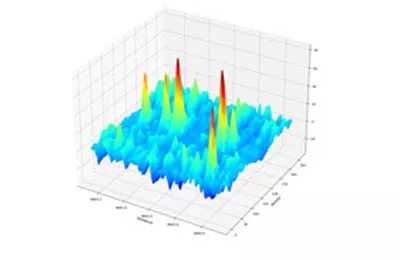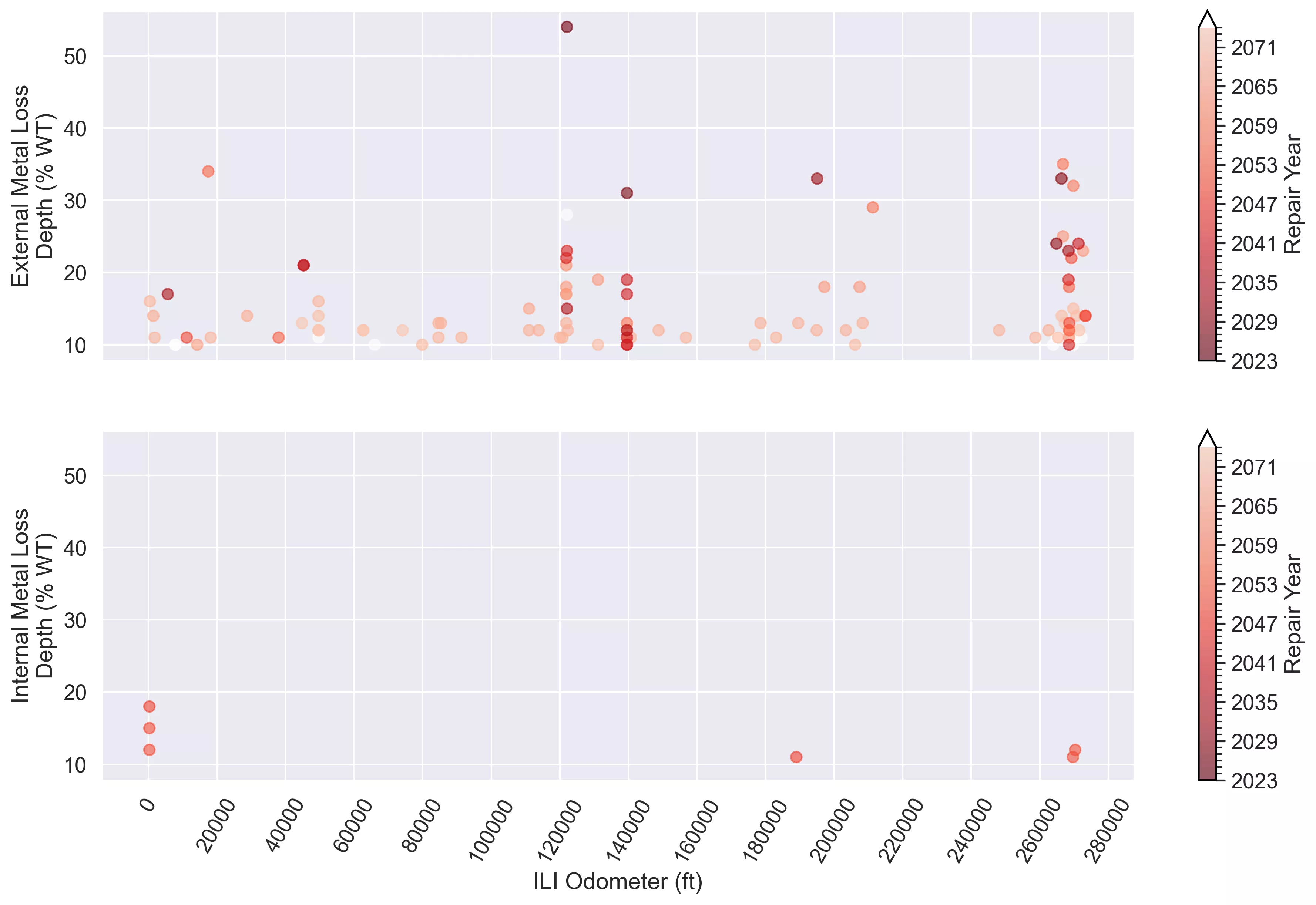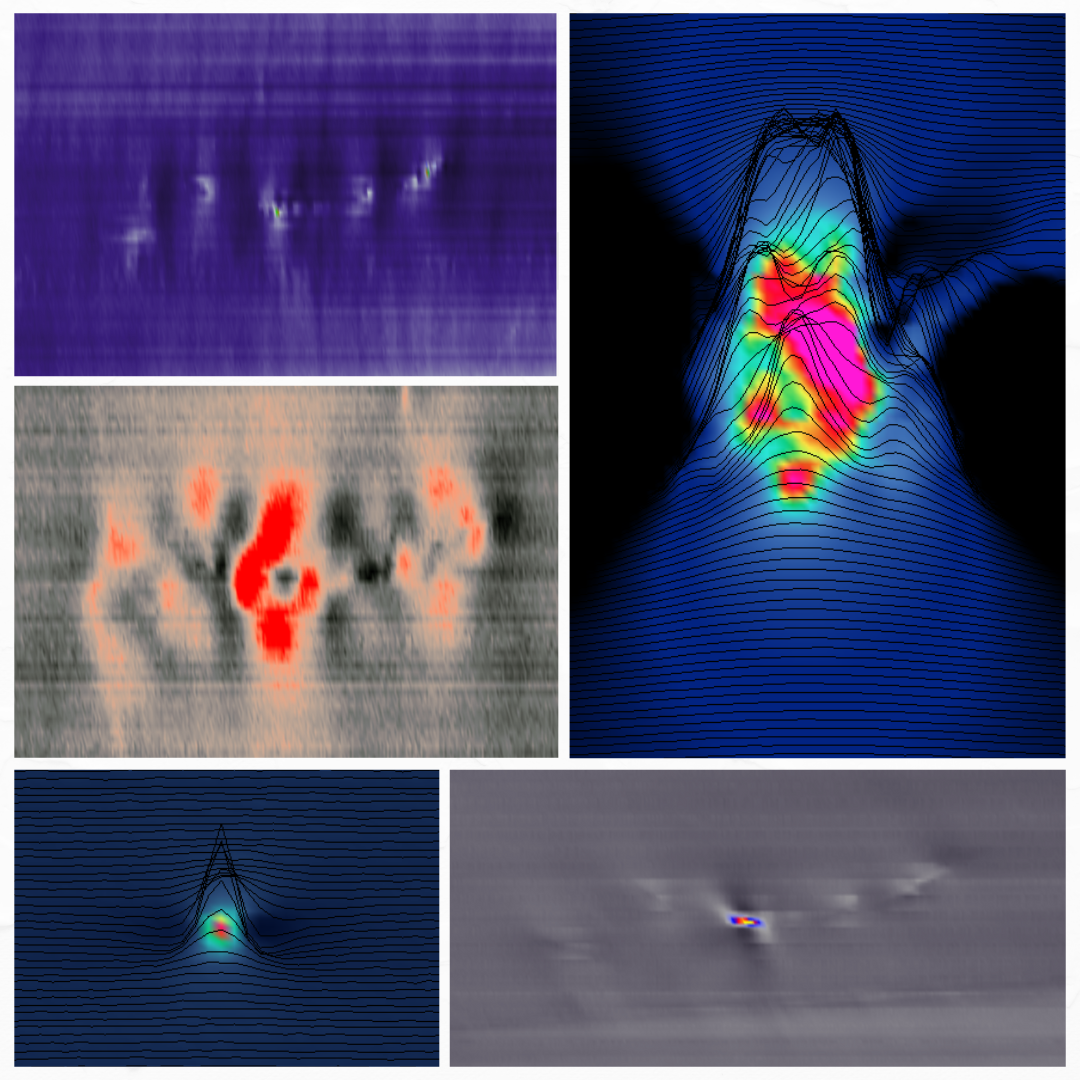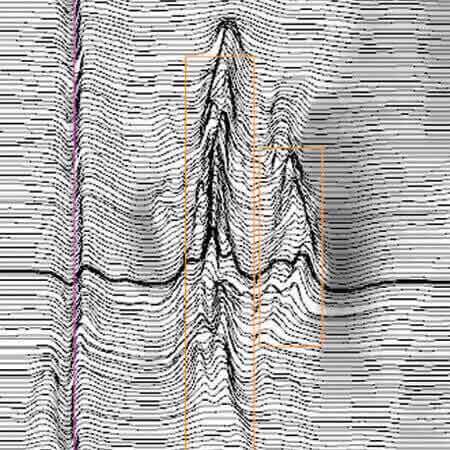Corrosion Growth Assessment

Do You Have Pipeline Corrosion Under Control?
Understanding corrosion growth helps you plan for the longevity of your pipeline. Our three-level corrosion growth assessment gives you data insights and actionable recommendations for next steps or repairs.
Managing Pipeline Corrosion
Corrosion is a natural process and one of the primary threats to pipelines. The most common way to assess corrosion is through in-line inspection (ILI). While the most recent ILI report is a statement of the current integrity, additional assessments are required to predict the future. One inspection can be a basis, but multiple inspections let you see what’s happening between them, providing insight into what the future might hold.
Threat Awareness: Corrosion Growth
In this video, Integrity Engineering Solutions (IES) team members Ricky Ramon and Callie Lamb share more information on corrosion growth and how TDW helps customers assess corrosion and make a plan for the future.
Approach

Going Back to the Data
Our three-level assessment starts with a single ILI run, deriving statistical rates from operational history. The second level matches pits between any two inspections, and the third uses signal-to-signal matching.
Value
Providing Actionable Recommendations
We provide an optimized repair plan for individual defects and areas where multiple anomalies can be repaired to reduce future action. We also provide an estimate of the longevity of your pipeline, the safe operating pressures and the next inspection interval.



